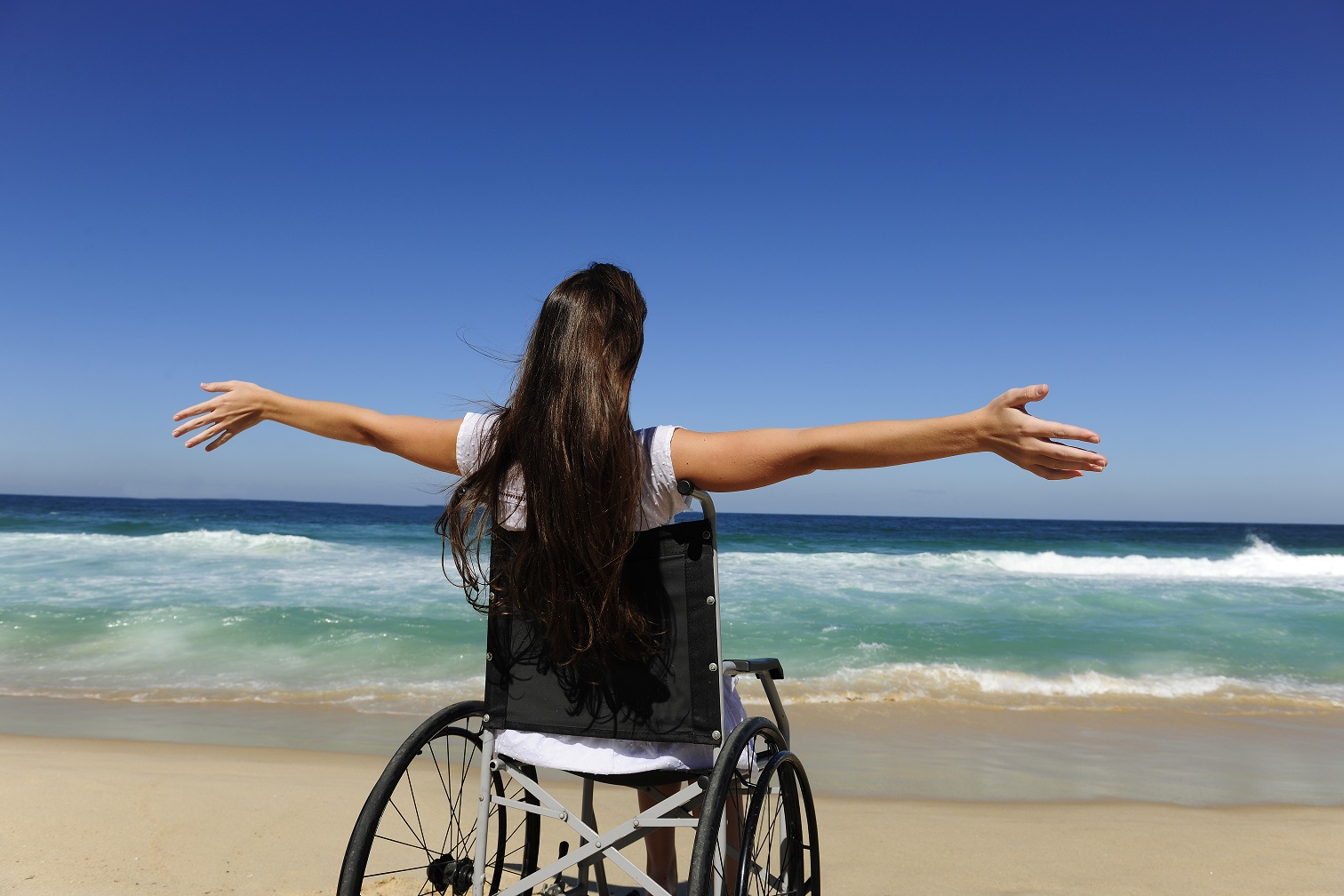Traveling is a fundamental aspect of life, offering opportunities for work, leisure, and personal growth. However, for handicapped individuals, traveling can present significant challenges. Addressing these issues is crucial for fostering inclusivity and accessibility. Let’s explore the common travel problems faced by handicapped individuals and potential solutions.
Challenges Faced
1. Lack of Accessible Infrastructure
Many public places, including airports, train stations, and buses, lack proper facilities like ramps, elevators, and accessible restrooms. This inadequacy makes it difficult for handicapped individuals to navigate.
2. Transportation Barriers
Public transportation often falls short in providing adequate accommodations. Issues like insufficient wheelchair spaces, lack of lifts, and untrained staff can hinder the travel experience.
3. Inadequate Hotel Facilities
Not all hotels have accessible rooms with features like roll-in showers, grab bars, and wide doorways. This can limit the availability of comfortable accommodations.
4. Communication Barriers
Deaf or hard-of-hearing travelers and those with visual impairments often face challenges due to the lack of proper signage, auditory announcements, and tactile information.
5. Social Attitudes and Awareness
A lack of awareness and sensitivity from the general public and service providers can lead to discomfort and discrimination, making travel more stressful for handicapped individuals.
Solutions
1. Improving Infrastructure
Governments and private entities should invest in creating accessible infrastructure. This includes building ramps, installing elevators, and ensuring accessible restrooms in public places.
2. Enhancing Transportation Services
Public transport should be equipped with necessary accommodations like wheelchair spaces, lifts, and trained staff. Ride-sharing companies should also offer vehicles with accessibility features.
3. Accessible Accommodation
Hotels should ensure a percentage of their rooms are fully accessible, with features like roll-in showers and grab bars. Booking platforms can filter for accessible accommodations to make searching easier.
4. Assistive Technologies
Implementing technologies like audio guides, tactile maps, and real-time text services can significantly enhance the travel experience for individuals with sensory impairments.
5. Education and Training
Conducting regular training sessions for public service staff and increasing public awareness about the needs of handicapped travelers can foster a more inclusive environment.
Conclusion
Traveling with a disability presents unique challenges, but with concerted efforts towards improving infrastructure, transportation, accommodation, and public awareness, these barriers can be significantly reduced. By implementing these solutions, we can create a more inclusive world where everyone has the opportunity to explore and enjoy travel.






